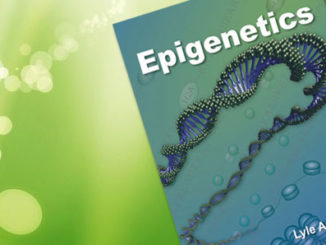A Researcher’s Guide to Successful DNA Bisulfite Conversion
DNA bisulfite conversion is a unique tool used to discriminate between methylated and unmethylated cytosines for DNA methylation studies. Only bisulfite modification of DNA followed by sequencing yields reliable information on the methylation states of individual cytosines at single base resolution. The bisulfite modification technique uses bisulfite salt to deaminate cytosine residues on single-stranded DNA, converting them to uracil while leaving 5-methylcytosine unchanged (Figure 1). To effectively and efficiently prepare converted DNA for use in various downstream analyses, an ideal [more…]











